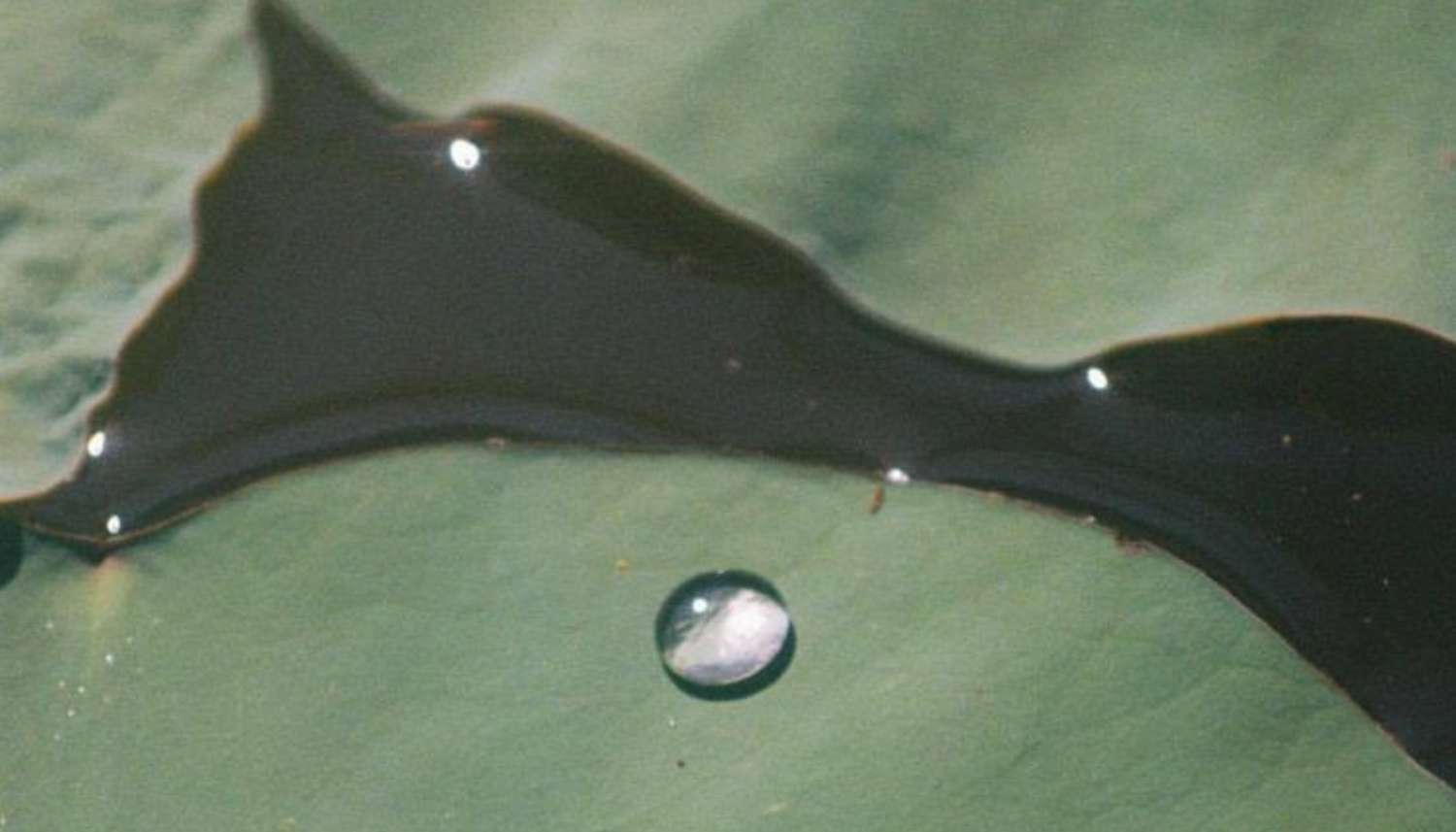SKIN - OUR LARGEST ORGAN
- Part of the Integumentary System
- Largest organ of the body
- Its cells renew every ~ 28 days
- Marker of beauty and identity in many communities
- Interface through which we engage with our environment
VITAL FUNCTIONS
Our skin serves as a barrier from the outside world, protecting against injury and and infection. Other key functions include:
- Protecting from excessive penetration of UV radiation, environmental factors and unwanted microbes
- Allowing cutaneous sensations, such as heat, pain, etc.
- Permitting metabolic functions, like the synthesis of Vitamin D
- Regulating excretion, including prevention of water loss
- Thermoregulation; by producing sweat, constricting dermal blood vessels, etc
'THREE' LAYERS
The skin has three main layers:
- "Hypodermis" or subcutaneous tissue:
- The deepest layer of skin, is composed of fat and connective tissue. It anchors the skin to underlying tissues, such as bones and muscles. The hypodermis also helps regulate body temperature, and provide the skin its shape and nutrient supply.
- Dermis:
- Some refer to this middle layer as the most important of the skin. It is full of nerves, sebaceous glands, and other skin appendages. The dermis is mainly made of collagen and elastin, giving skin its flexibility, support, fullness, and resilience.
- Epidermis:
- The outermost layer of the skin, and the one we come most in contact with! Every 28 days it replaces its cells with new ones from deeper layers. It varies in thickness depending from body surface and function. For example the eye lids tend to have a very thin epidermis layer BUT the soles of the feet and palms of the hands have thick skin (which is formed by an additional structure in the epidermis, called the stratum lucidum).
MORE ON THE EPIDERMIS
This outer layer of skin is, mainly composed of keratinocytes, cells that manufacture and store the "keratin" protein. This protein plays an essential role in skin repair.
The epidermis is mainly divided into four additional structures (five layers on thick skin).
The visual below does not reflect the relative proportions of the skin cells in the epidermis.

Main roles of the epidermis include: regulating Transepidermal Water Loss (TEWL) and avoiding penetration of harmful bacteria and other immunological aggressors.
Transepidermal Water Loss is not the same as Perspiration
To learn more about the difference between TEWL and Perspiration, refer to this post.
THE STRATUM WHAT?
The Stratum Corneum (SC), also known as the skin barrier, is the primary line of defense of the skin. It acts as a mechanical (pressure, stress or trauma) antimicrobial, immune, and photoprotection barrier.
Multiple roles played by the SC are important to maintain the functional health and integrity of "normal" and compromised skin.
It is mainly made of corneocytes, dead flat cells that were formed in the innermost layer and pushed towards the skin’s surface.
The SC structure is commonly compared to "bricks and mortar". Cells operate as the bricks and the lipid matrix represents the mortar.
Corneocytes contain Natural Moisturizing Factor (NMF), a mix of amino acids and other compounds essential for appropriate hydration, elasticity, flexibility, homeostasis, and normal desquamation (shedding of the top layer of the skin).




